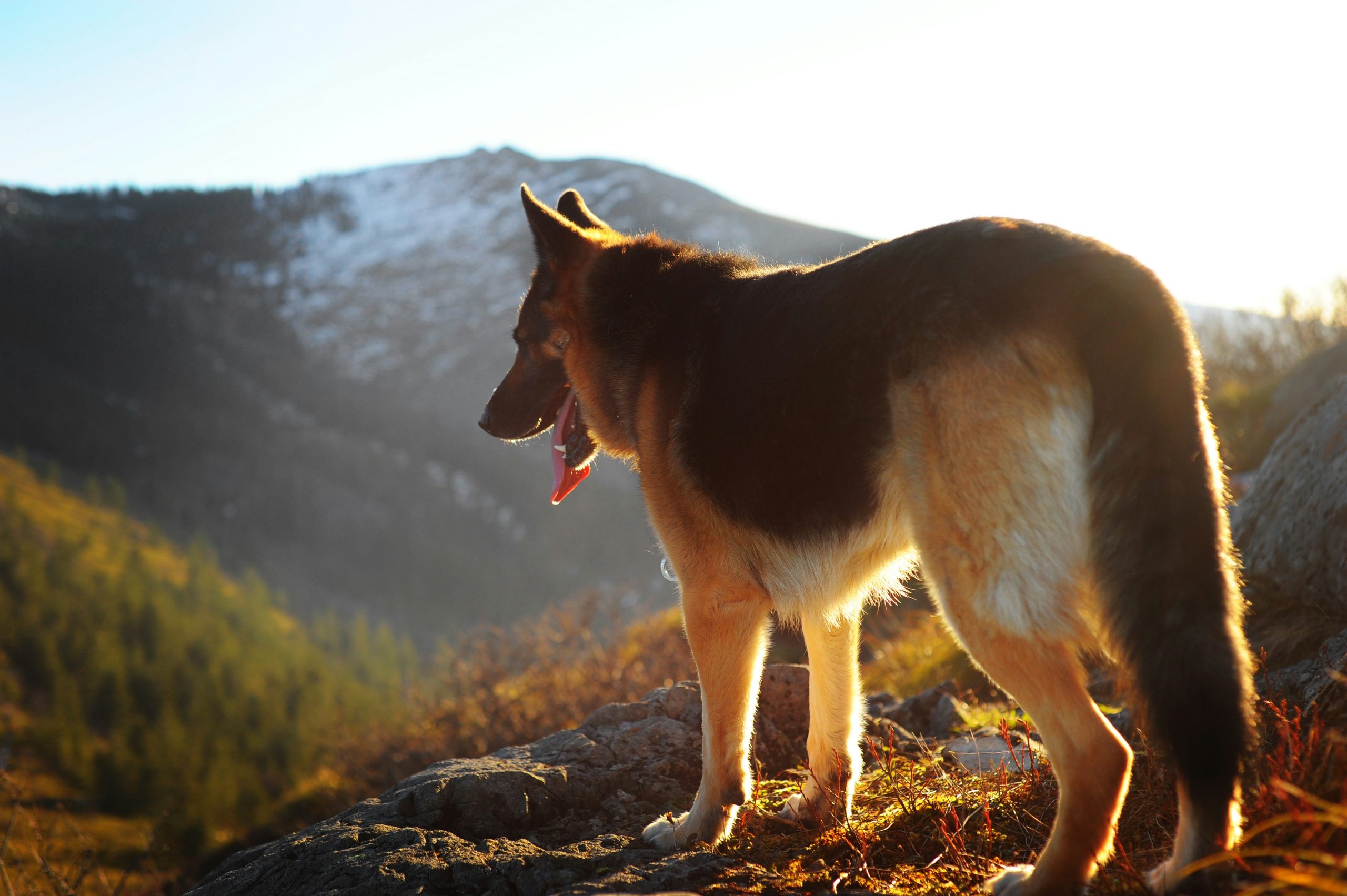Your Ultimate Guide to Preparing for a Safe and Fun Hike with Your Dog
Learn essential tips for preparing to hike safely and enjoyably with your dog, from training and gear to hydration and safety precautions.
The Importance of Preparing for a Hike with Your Dog
Hiking with your dog can be a fulfilling activity that benefits both of you physically and mentally. It promotes exercise, reduces stress, and strengthens the bond between owner and pet through shared experiences in nature. Not only does it provide an opportunity for both you and your dog to get fresh air and enjoy the great outdoors, but it also allows for quality time together that enhances your relationship.
Preparation is key to ensuring a safe and enjoyable hiking experience. By taking the time to train your dog and gather the necessary gear, you can prevent potential issues that may arise on the trail. This preparation can help you avoid accidents and ensure that both you and your dog can enjoy the adventure without unnecessary stress.
 Training Your Dog for Hiking
Training Your Dog for Hiking
Before heading out on a hike, it’s essential to focus on basic obedience commands such as “sit,” “stay,” and “leave it” to maintain control on the trail. Training your dog to respond consistently to commands is crucial, especially in a stimulating environment like a hiking trail. For instance, if you encounter other hikers or wildlife, a reliable recall command can keep your dog safe and well-behaved.
Additionally, building your dog’s endurance gradually is vital. Start with shorter hikes to acclimate them to longer distances, ensuring they are prepared for more challenging trails. Consulting with a veterinarian can provide insights into your dog’s fitness level, especially for puppies or senior dogs who may require special consideration. Introducing your dog to various terrains before your hike can also help them adapt to different hiking conditions.
Essential Gear for Hiking with Dogs
When gearing up for your hike, be sure to pack a sturdy 6ft leash and a snug-fitting harness. It’s best to avoid retractable leashes as they can compromise control. Alongside your dog’s leash, don’t forget to bring a collapsible water bowl and enough water to keep your pup hydrated, particularly in warm weather. For example, during a summer hike, having a portable water bowl can encourage your dog to drink regularly and avoid overheating.
A dog-specific first aid kit is another essential item to have on hand. This kit should include bandages for cuts, tweezers for tick removal, and any necessary medications. Don’t overlook the importance of protective gear like dog booties, which can safeguard your dog’s paws from rough terrain and sharp objects. Finally, ensure your dog has proper identification tags with your contact information in case of separation.
Choosing Dog-Friendly Hiking Trails
Selecting the right trail is crucial for a successful hiking experience with your dog. Start by researching local trail regulations, as some areas have restrictions on dog access or require leashes. Resources like state park websites can help you find trails known to be dog-friendly. For example, many national parks have specific rules regarding dogs, including leash lengths and designated areas where dogs are allowed.
Be cautious of potential trail hazards that could affect your dog, such as wildlife encounters or poisonous plants. It’s also important to consider the difficulty level of the trail in relation to your dog’s physical abilities to prevent overexertion. Always check for any seasonal trail restrictions or closures that could impact your hiking plans.
Hydration and Nutrition on the Trail
Keeping your dog hydrated during a hike is vital for their well-being. Monitor your dog’s water intake closely, ensuring they drink regularly and avoid overheating. Adjusting your dog’s food portions based on increased activity levels is also essential; bring high-energy snacks for breaks to help recharge their energy. For example, packing lightweight dog treats can give your pup a needed boost during the hike.
Avoid letting your dog drink from potentially contaminated water sources, as this could lead to health issues. Familiarizing yourself with symptoms of dehydration, such as dry gums and lethargy, can help you act quickly if your dog shows signs of distress. Including extra treats to reward your dog during breaks not only keeps them motivated but also reinforces positive behavior on the trail.
Safety Precautions While Hiking
Safety is a top priority when hiking with your dog. Always keep your dog on a leash to prevent encounters with wild animals and ensure their safety. Being vigilant about trail hazards is equally important; recognize signs of overheating, such as excessive panting, and take breaks as needed. For example, if you notice your dog panting heavily and slowing down, it may be time to find some shade and hydrate.
Familiarizing yourself with the wildlife in the area is also crucial. If you’re hiking in regions known for bear activity, carrying bear spray can provide an added layer of protection. Additionally, knowing the signs of stress or discomfort in your dog will help you make informed decisions about when to cut your hike short. After your hike, be sure to check your dog for ticks and other pests to prevent health issues.
Summary of Key Preparations for Hiking with Dogs
Preparing for a hike with your dog involves several key considerations, including training, essential gear, and safety measures. Training your dog in basic obedience and gradually building their endurance can ensure a more enjoyable experience for both of you. Proper gear, such as a sturdy leash, water supply, and a first aid kit, is vital for a safe journey.
By choosing dog-friendly trails and being aware of hydration and nutrition needs, you can create a fun and responsible outdoor adventure. Planning ahead and being flexible with your hiking plans will help accommodate your dog’s needs and well-being, allowing you to enjoy every moment of your hike together.


